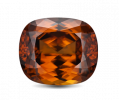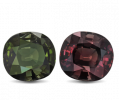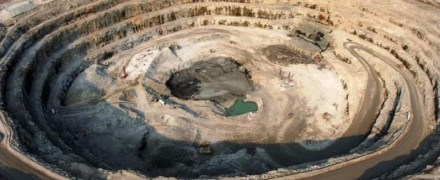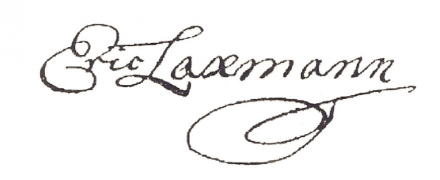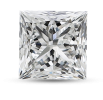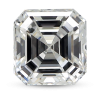En
10:00 - 19:00
Monday - Thursday
open 10 am - 7 pm
open 10 am - 7 pm
✱
Friday - Sunday
laboratory is closed
laboratory is closed
Laboratory services
Gem Encyclopedia
Blog
Publications
Moscow Gemological Center
Diamond cut
View prices for all services
Price list
Price list
Location MGC
Moscow 2nd Zvenigorodskaya St,
d. 13 p. 37, office 2 (1st floor)
 Ulitsa 1905 goda
Ulitsa 1905 goda
d. 13 p. 37, office 2 (1st floor)
 Ulitsa 1905 goda
Ulitsa 1905 godaWork mode:
Mon - Thu 10 am - 7 pm
Fri - Sun - weekend
Mon - Thu 10 am - 7 pm
Fri - Sun - weekend
Way from subway
Guest Parking
Available by appointment by phone

- The office is a 10-minute walk from the metro station Ulitsa 1905 goda. Exit to the city on Krasnopresnenskaya Zastava square (last carriage from the center), go through the underpass to the other side Zvenigorodskoe highway (to go to the end of the transition).
- After exiting the underpass, immediately turn right and go straight at the Zvenigorod highway to the street Sergey Makeev.
- Not crossing the intersection to turn left. To walk on the left side of the street to the brick building with the air conditioning on the facade (third house after the junction).
- Go through gate and turn right, the entrance porch under a sign "the Moscow Gemological center".
mgc-labs.ru © 2014–2024
All rights reserved









